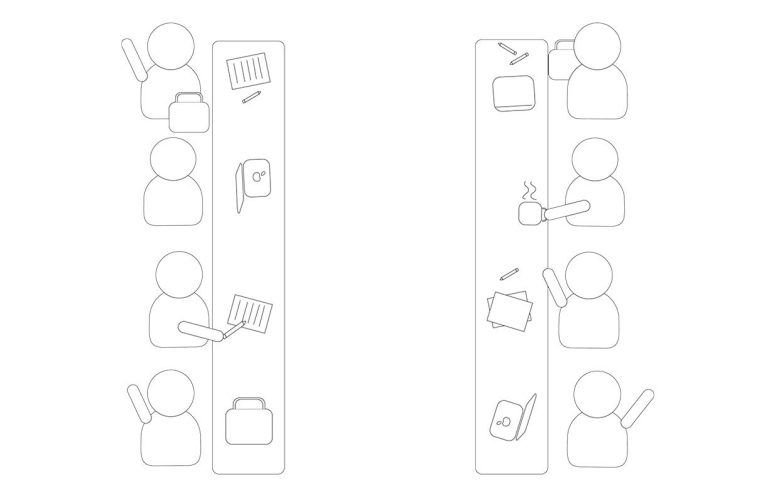Last month, we discussed city councils and their role in municipal government. This month, we’ll go over how regional and city councils work together.
Waterloo Regional Council is the overarching governing body for Waterloo Region, aiming for cohesive decision making on the issues that affect every municipality in the Region. Waterloo Regional Council governs over three cities—Kitchener, Waterloo, and Cambridge, as well as four townships—Woolwich, Wilmot, Wellesley and Dumfries.
Council’s body is representative of each community with 16 sitting members. Each mayor of the seven cities sits on the council alongside eight councilors and a governing chair that are elected directly to the body. The number of elected councilors reflects the population density of each city with four councilors from Kitchener and two from Waterloo and Cambridge.
The Regional Chair is the one member of council directly elected by all citizens of Waterloo Region as they helm the council, but the body makes decisions collectively, much like individual municipal governments.
Waterloo Regional Council’s has its own responsibilities where decisions are made by Regional Council alone; however, Council also has responsibilities that it must make in conjunction with other municipalities. For example, Regional Council directs decisions on the budget for Waterloo Regional Police Services, but with issues of economic growth and building permissions, for example, Regional Council works in conjunction with councils.
Citizens can delegate at Waterloo Regional Council meetings in much the same way that they delegate with the other councils, but there are issues which are decided upon by both Regional Council and one or more city councils. Activists and interested parties should be aware of how councils work together.
The makeup of council–with mayors and elected representatives from each municipality on council–is meant to assure that even unilateral decisions made by council represent the many and diverse populations of the Region as a whole. Regional Council is responsible for all decisions on public health; community services; waste management; public transit and the Region of Waterloo International Airport; cultural services and museums; emergency planning; community housing; and policing. So, for example, housing activists looking to pass a bylaw against evictions for renovation would go to the Regional Council to lobby for change, as the Council has the ability to pass its own legislation on housing.
Emergency planning from the Region also includes health services like paramedics and fire and disaster management. If an activist were concerned about climate impacts expected in the Region, they’d go directly to Regional Council to discuss what an appropriate response to climate change would look like regarding our local emergency services. However, when it comes to Emergency Response, or how the emergency services are actually administered and sent out, the Region has to work with its municipalities.
Regional councilors are also members of standing committees based on the Region’s governing responsibilities, like budget or public health. Citizens can also apply to become members of a Regional advisory committees on subjects like active transportation and environmental protection.
The Region of Waterloo hears from the public on matters through the EngageWR website, which holds surveys for input on matters like the Region’s strategic plan, municipal drinking water and climate and ecological conservation.
Replying to public surveys is well worth the time and is an easily accessible way to be heard. Citizens can also reach out directly to Regional council members as they would other elected representatives for their city.

